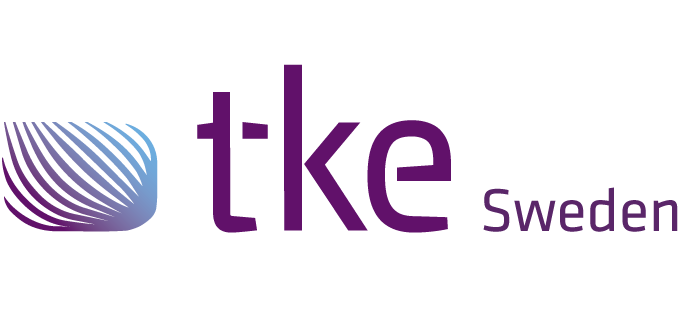How to troubleshoot common CAN bus issues
What are the most common CAN bus issues?
CAN bus systems, pivotal in modern electronic communications, are not without their challenges. Among the most frequent issues are data collision, electrical interference, and faulty nodes. Each of these problems can significantly impact the performance and reliability of the network.
Data collision occurs when two nodes attempt to transmit data simultaneously, leading to a loss of information. This can manifest as delays in communication or loss of crucial data packets. Electrical interference, often caused by external electromagnetic fields, can introduce noise into the system, resulting in corrupted data. Faulty nodes, on the other hand, may arise from hardware malfunctions or software glitches, causing irregularities in data transfer or complete communication breakdowns.
How can I identify CAN bus wiring problems?
Detecting wiring problems in a CAN bus system is essential to maintaining its efficiency. One of the primary methods is checking for loose connections. Over time, vibrations and environmental factors can loosen connections, leading to intermittent communication errors.
Inspecting for damaged cables is another crucial step. Physical damage, like cuts or abrasions, can disrupt the electrical signals. Using a multimeter to test continuity in the system helps identify breaks in the wiring. Common signs of wiring faults include communication errors, intermittent data loss, and unexpected network behavior.
What tools are essential for diagnosing CAN bus issues?
Effective diagnostics of CAN bus issues require specialized tools. Oscilloscopes are indispensable for visualizing electrical signals, allowing for the identification of anomalies in waveforms. This can help in pinpointing where the signal is corrupted along the network.
CAN bus analyzers are specifically designed to monitor and decode CAN bus messages, providing insight into data flow and potential errors. Diagnostic software complements these tools by offering a comprehensive view of the network’s health, assisting in identifying and resolving issues efficiently.
How to interpret CAN bus error codes?
Understanding CAN bus error codes is crucial for troubleshooting. These codes are generated by the system to indicate specific problems within the network, such as transmission errors or node failures. Each code corresponds to a particular issue, guiding users to the source of the problem.
By interpreting these codes, users can streamline the troubleshooting process, focusing their efforts on the affected areas. This not only saves time but also enhances the reliability of the CAN bus system by ensuring that all components function optimally.
When should I consult a professional for CAN bus issues?
While many CAN bus issues can be addressed with the right tools and knowledge, there are times when professional assistance is indispensable. Complex problems, such as those involving intricate wiring configurations or advanced diagnostic needs, require the expertise of professionals like us at TKE Sweden AB.
Our team leverages over 20 years of experience to provide tailored solutions that meet the unique needs of Scandinavian customers. Engaging with experts ensures that issues are resolved efficiently and effectively, minimizing downtime and enhancing system performance. For intricate challenges or when in doubt, consulting with professionals is always a wise decision.



